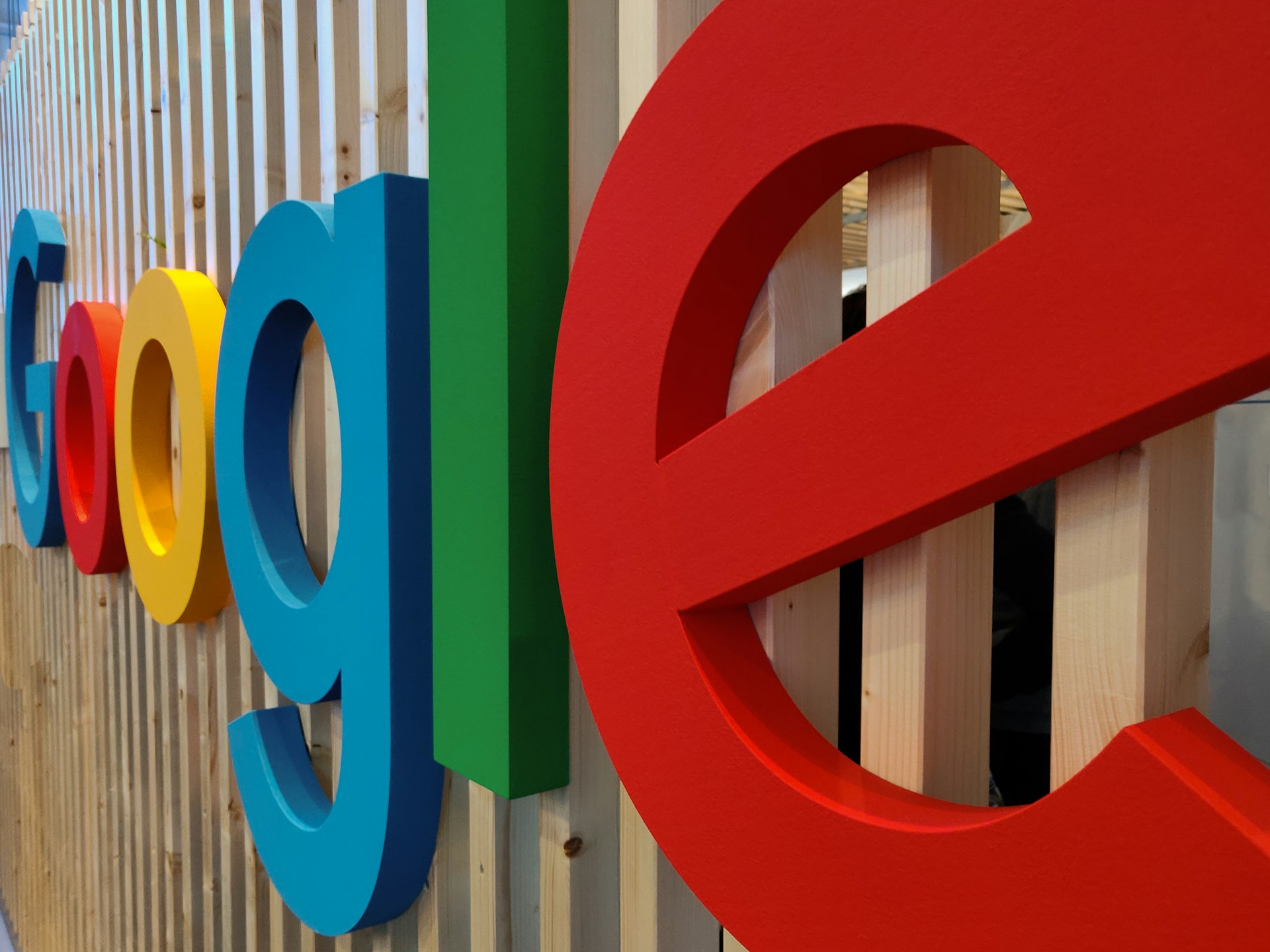Unlocking Global Learning Equity with Open Educational Resources: Practical Steps and Real-World Impact

Photo by Alexandr Podvalny on Unsplash
Introduction: The Power of Open Educational Resources (OER) for Global Learning Equity
Open Educational Resources (OER) are transforming the educational landscape, making high-quality learning accessible worldwide. By providing free, adaptable, and inclusive materials, OER directly addresses disparities in access and opportunity, helping bridge socioeconomic and cultural gaps in education. This article explores how OER advances global learning equity, offers practical steps for implementation, highlights real-world examples, and outlines strategies for overcoming common challenges.
What Are Open Educational Resources and Why Do They Matter for Equity?
OER are freely accessible teaching, learning, and research materials that can be legally used, adapted, and shared by anyone. These resources include textbooks, course modules, videos, assessments, and more. Unlike traditional, proprietary content, OER removes cost barriers and provides adaptable content, ensuring that learners from diverse backgrounds can access and benefit from quality education [1] . By enabling teachers to localize and customize materials, OER also fosters cultural and linguistic inclusivity, making education more relevant for all learners.
Advancing Equity and Inclusivity Through OER
One of the most significant impacts of OER is its ability to promote equity and inclusivity in education. By eliminating expensive textbooks and licensing fees, OER levels the playing field for students from underprivileged backgrounds. For example, universities integrating OER with micro-credential programs have seen dramatic increases in enrollment and completion rates, particularly among non-traditional and underserved students [1] . The flexibility of OER also supports students with disabilities, allowing educators to adapt materials for accessibility needs and diverse learning styles.
Research highlights that OER empowers educators to implement culturally responsive teaching, giving voice to students’ lived experiences and cultural backgrounds. Instructors have used OER to design courses that reflect the histories and perspectives of marginalized groups, such as integrating resources on “Black Lives in Astronomy” to support greater diversity and awareness in STEM fields [5] .

Photo by Eugenia Pan’kiv on Unsplash
Real-World Examples: OER in Action
Successful OER initiatives demonstrate the tangible benefits of open resources:
- The Open University’s OpenLearn platform reported a 400% surge in website traffic and 1.8 million enrollments during peak months after expanding OER-aligned courses. Nearly 50% of enrolled learners completed their courses, and 76,000 digital badges were awarded, providing verifiable credentials for employment or further study [1] .
- Student-driven OER projects at institutions like Southwest Tennessee Community College empower learners to build and curate resources, such as student-created vocabulary lists in language courses, which are then shared with future cohorts [2] .
- Project-based learning with a global perspective has been implemented at CUNY College, where education students reflect on global issues like the advocacy of Malala Yousafzai to inform their own educational journeys and propose inclusive solutions [2] .
Step-by-Step Guidance: How to Access and Implement OER for Equity
To maximize the benefits of OER for equity, follow these actionable steps:
- Identify Reliable OER Repositories: Search for OER in established platforms such as OpenLearn (The Open University), OER Commons, and MERLOT. These platforms provide a wide range of resources across disciplines and educational levels. If you are affiliated with an educational institution, consult your library or academic support office for tailored recommendations.
- Assess Relevance and Quality: Review the resources for cultural relevance, accessibility, and alignment with your learning objectives. Look for openly licensed materials (typically under Creative Commons licenses) that permit adaptation and redistribution.
- Adapt and Localize Content: Modify OER to reflect the cultural, linguistic, and contextual needs of your learners. Engage students in the adaptation process to foster ownership and ensure relevance.
- Promote Digital Literacy: Provide training for both educators and learners on how to find, use, and adapt OER. Consider integrating digital literacy modules into your curriculum, especially if you serve communities with varying levels of internet access and technical skills [3] .
- Foster Inclusive Pedagogy: Use OER to implement culturally responsive teaching strategies. Involve diverse voices in content creation and encourage reflection on local and global perspectives [5] .
- Evaluate and Share Outcomes: Collect feedback from learners and educators on the effectiveness and inclusivity of the OER materials. Share successful adaptations and case studies through OER repositories to benefit the broader community.
Challenges and Solutions in Achieving OER-Driven Learning Equity
While OER holds immense promise, several challenges can limit its impact on equity:
- Digital Divide: Access to devices and reliable internet can remain a barrier for some learners. Solutions include advocating for institutional or governmental support to expand internet and device access, and providing downloadable or offline versions of OER where possible [3] .
- Awareness and Training: Many educators and students may be unfamiliar with OER or lack the skills to find and adapt them. Professional development workshops, peer mentoring, and the integration of OER training into teacher education programs can help bridge this gap [2] .
- Quality Assurance: Concerns about the quality and credibility of OER can hinder adoption. Use peer-reviewed repositories and collaborate with subject matter experts to vet materials before implementation.
- Sustainability: OER initiatives require ongoing support, funding, and community engagement. Building networks among educators, institutions, and policymakers can help sustain momentum and share best practices [4] .
Alternative Approaches and Pathways
If you encounter barriers to implementing OER, consider these alternatives:
- Collaborate with local educational institutions to create custom open resources tailored to your community’s needs.
- Engage with international organizations such as UNESCO, which advocates for open education and provides guidance on policy and implementation strategies. Search for “UNESCO Open Educational Resources” for current initiatives and reports.
- Advocate for institutional policies supporting open licensing and inclusive curriculum development, ensuring that OER adoption is part of broader equity strategies.
Key Takeaways for Advancing Global Learning Equity with OER
Open Educational Resources are essential tools for advancing global learning equity. They offer practical, scalable solutions to reduce educational costs, support culturally responsive teaching, and facilitate lifelong learning opportunities. By following actionable steps and addressing common challenges, educators and institutions can leverage OER to create more equitable and inclusive learning environments for all.
References
- [1] eLearning Industry (2025). The Impact of Open Educational Resources on Higher Education.
- [2] Every Learner Everywhere (2023). Putting Equity into Practice: Open Pedagogy.
- [3] Scitepress (2024). How Can Open Educational Resources Promote Equity in Education?
- [4] International Journal of Open Educational Resources (2019). OER and OEP for Access, Equity, Equality, Quality, Inclusiveness, and Empowering Lifelong Learning.
- [5] Achieving the Dream (2020). Using Open Educational Resources to Create a Culturally Relevant Classroom.



